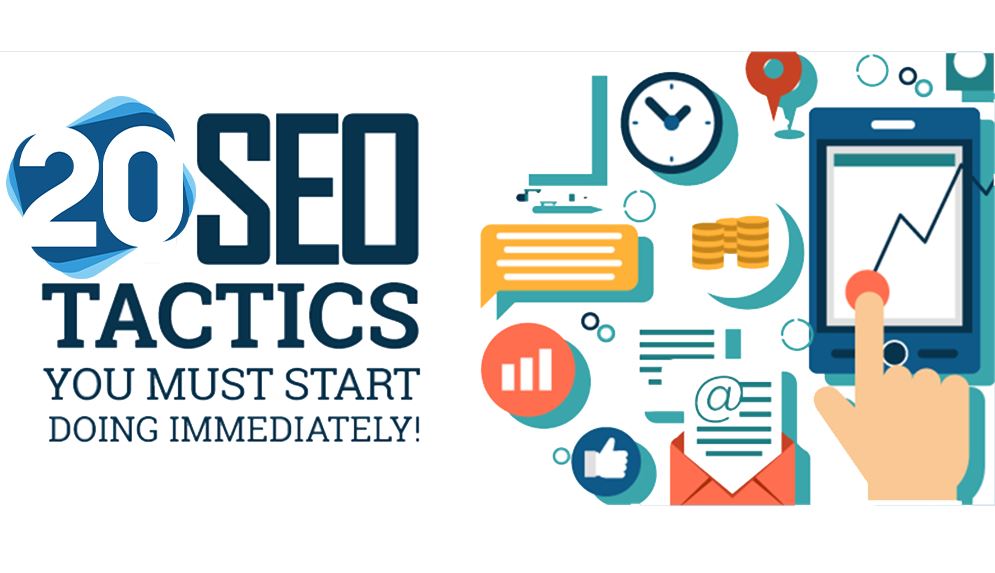9] SHOW THE DOWNSIDE
Total average SEO impact: ★★★★
In essence SEO is supplying answers to what people want to know. They are using a search engine because they are searching, that makes sense. But what are they searching for? If they are in a buying mood (and we marketeers love people who are in that particular state of mind) they want to know all the ins and outs of the product they are interesting in. That makes sense too. They want to know how this product or service will solve their problems. But they also want to know if there are some downsides to consider. Will the product always work in any circumstance? What if it breaks down? May it break down? Is this really what solves the problem? Of course you and I can add some more questions about the negative side of buying a product or service. Especially with high end expensive products we want to know what the other side of the moon looks like. Will we get that answer? Not from most suppliers that are selling the product.
So what do we all do, we will search again with words like “disadvantages” or “why not buy” or “downsides” or even more dismal “do not buy
[name of brand]
”. Where will our search query land? Right, on the far side of the moon. On some consumer forum where negativity rules the waves. Mind, there are a number of good forums out there but if you really search for the negative, you will get what you are looking for, big time.
Do we as online marketing beings want this to happen? I don’t think so. We are talking about potential buyers who are on the brink of ordering. They were on our website and we sent them into dark space where they encountered unknown anonymous mooncrawlers with an attitude (it must be hard of course, living in the cold and dark looking at our blue planet day in and day out).
Cheerleaders are great, but they are useless in scoring points
We cannot expect our audiences to take us serious when all we do is praising ourselves. People know that there are downsides. You know them too. Just tell them. That hurts doesn’t it, writing about some negative factors of your great product and service? I know, it’s like going to your weekly AA meeting, honesty is difficult. Self-reflection is hard.
The truth however is that people actively are searching for the downside. Just type in your favorite brand + the word “negative”. Well, don’t do it when you want to keep it your favorite brand. With large global brands you will get on average more than 30 million hits. Active negative searches like brandname + disadvantages will get you more or less the same amount of hits. Maybe you might think that we are talking about just a small portion of the internet users who thrive on negativity. Forget it! That is not the case. People just want to know what they are spending their money on. Don’t blame them for doing their homework. We as marketing professionals just ignore our target audience’s craving for information. As this book is about SEO and not particularly about conversion optimization (although they are intertwined) there are obvious gains to make when you do address the downside of your product. Your target audience is actively searching for it, so give it to them. Besides, your competitor is just as cowardly as you are, so you can really score some organic volume here.
How to handle it?
There is a challenge of course. Talking negatively about your own product or service will not be easy and will probably be met by some raised eyebrows within your organization. Not a simple task. But there are ways to manage it. Let us discuss some suggestions:
1. Let other people raise the downside
Reviews are great in mixing the positive with the negative. So please use them wherever it is possible. What they do not do properly however, is attracting negative searches. That is because the review content is often on an outside platform (the website of the review provider). So looking at it from a direct SEO impact it will not bring you much extra traffic. But, indirectly, you will not lose traffic if you can show the negative through your reviews. People are less tempted to abandon your site and type in an extra negative search term in Google or Bing. That is a win. Another option is to showcase the reviews directly on your site, that will help you in attracting some negative searches.
2. Address the disadvantages in an open way
When you are a great copy writer you know that words make the difference and there is so much you can do to add some nuance to your sentences. Remember, the writer is always in control. There are many ways to address the downside without being destructive. Suppose you are a carmaker, why not compare your product with that of your competitors just being honest. If that other car is more spacious it doesn’t hurt to tell that. Your car is maybe more economic because of that. When making comparisons and your product beats that of your competitor’s on all points it is just not trustworthy anymore. If you think your customers are fools, it is you who is crazy.
There is no harm done if you list up the positives and negatives in an open way. If you are a lawyer and you are more expensive than others why not tell it. You should be better then, just explain that you are and show that your win-rate is higher (if it’s not, stop overcharging please). If you sell running shoes you can tell your public that they have a superb shock absorption for the first 500 miles, after that they will underperform. That is honesty people dig. Just write about it, create specific pages addressing advantages and disadvantages. They are great in attracting traffic, besides it will add to your trustworthiness, and that will not tear down your brand, it will lift it up.
3. Write about issues of the past
Former bankruptcies, issues with safety that were in the news, really negative things. What to do with them? Put them on specific pages. They do not have to be within the menu. There may be some active search still going on about issues with a huge impact of the past. What do you want? Let other people tell your story or do you think you can explain it better and more balanced? I think you will have to opt for the latter. That doesn’t mean you have to advertise them on your site, but when someone is searching for it, do your best in directing this search to your webpage. This isn’t hard to do in general as a search for your brand name + negative story will stand a good chance in getting a high ranking on this query.
So, what to do?
Addres the negative, no harm in telling the truth.
Balance the negative with the positive, every downside has an upside, no need to hold it back.
Most important
Do not underestimate your audience, if they can’t find it
here they will find it anywhere.
10] WHAT’S IN IT FOR ME?
★★★
The impact of “for me” searches
Search queries with the addition “for me” are growing exponentially. According to Google, searches with “for me” in it grow with 30% annually. People aren’t looking for general answers when searching, they want specific answers, tailored to their needs. But what do people expect to get when typing in something like “best personal loan for me” or “which car type is right for me”? I think they ultimately want to really receive precisely the answer to that question. Just one hit with: “This is it!”. That is maybe why the most “for me” searches are typed into smartphones, the most intimate digital friend one keeps. Of course, that is not what is happening for now. But with the advent of Voice Search and using the data you leave behind while surfing the net it won’t be for long that you will get that perfect answer back from your search engines. In fact, I think they already can deliver that but that is not always in the interest of search engines with an advertising model in place. But this too can be solved.
How to tap into “for me” searches
Looking at the results search engines come up with when typing a “for me” search query you will see that these types of websites gain the most of them:
1. Websites with filter tools
Think of car sales platforms where you can find used cars by brands and a number of other filters.
2. Comparison sites
Comparing one energy supplier with another is an example of a result that may come up when typing “best energy supplier for me”.
3. Conversational webpages
A “for me” query is a personal query by definition. Meeting this query with a conversational answer makes sense. Talking about “you and me” and giving tips and advice in a conversational manner may be the perfect match for the searcher and the engines that do the matching.
Some extra tips
Use the interview model
Questions and answers are ideally suited to get on the “me and you” level. Besides that, they really are a joy to read instead of some dreary summing up of features and benefits. Let some customers and stakeholders share their thoughts. What do they think about your company, products and services? “Well, for me, it was the best decision to start working here”.
“I really love this new design”
“For me personally, I would have done without the strawberries, but the cake is awesome”
Name product and usage
In many “for me” searches you will find search terms like product and usages. Think of searches like “the best razor blades for trimming beards for me” or “best ergonomic office chair for me”. These queries try to guide the search engine in doing its work but ultimately they have a great confidence in their search engine’s understanding of what they really need.
Sum up features, specifications and benefits
This is more a conversion tip although it also helps in driving organic “for me” traffic. People who type a “for me” search into a search bar are looking for a personal answer to their quest. When they land on your page they want to be convinced that this is precisely what they were looking for. So you need to persuade people with features and benefits. Think of the golden rule of “What’s in it for me?” (meaning what’s in it for that other “me” that may become your customer). Never forget: We are all “me’s”. Every “you” is a “me”!
So, what to do?
Think of what people want when typing in a “for me” search query. Address features and benefits that are of particular interest of certain target audiences.
Use a conversational Tone of Voice and view your proposition from a “for me” angle.
Most important
What people really want is a product or service tailored to their specific needs. Get into that, make sure that you address the benefits on a personal level.




